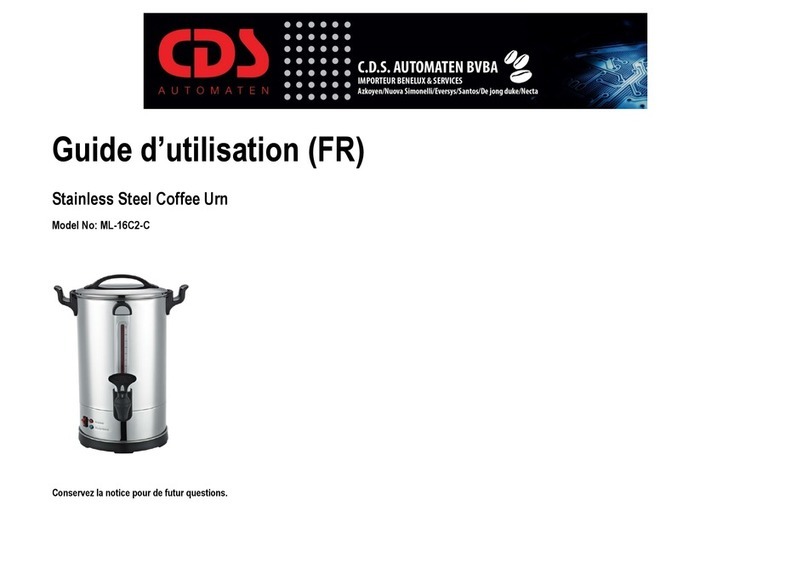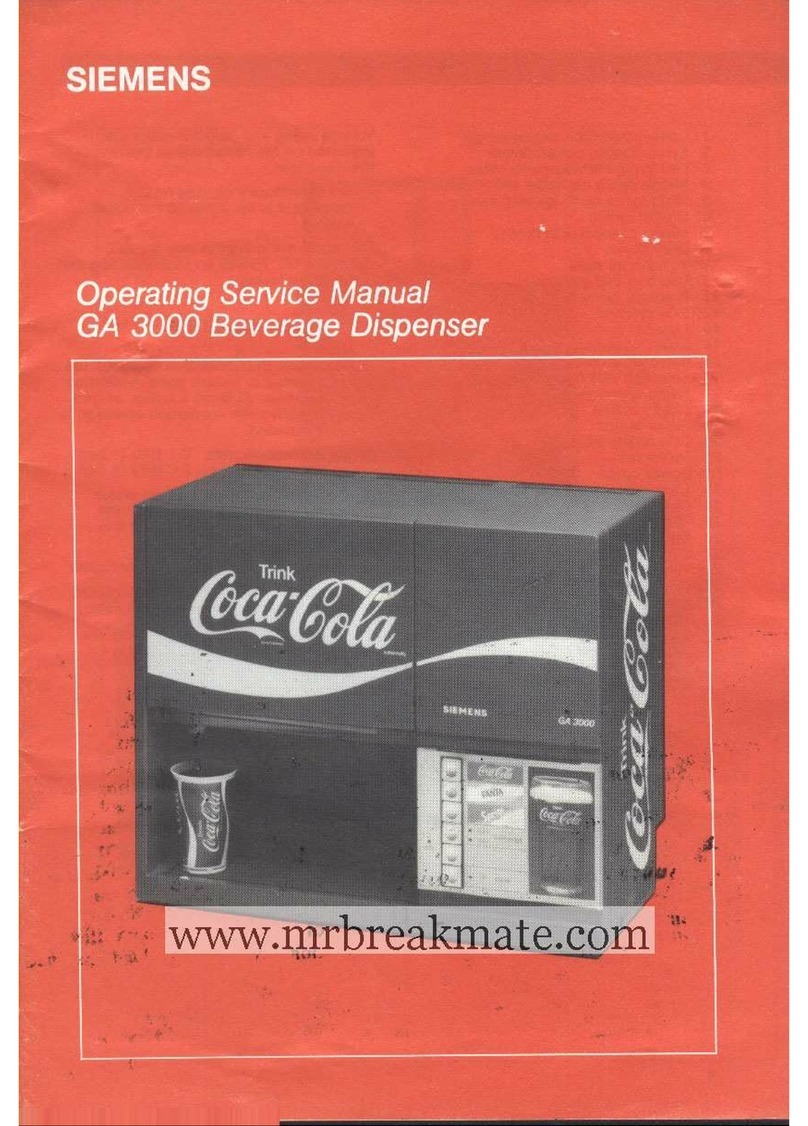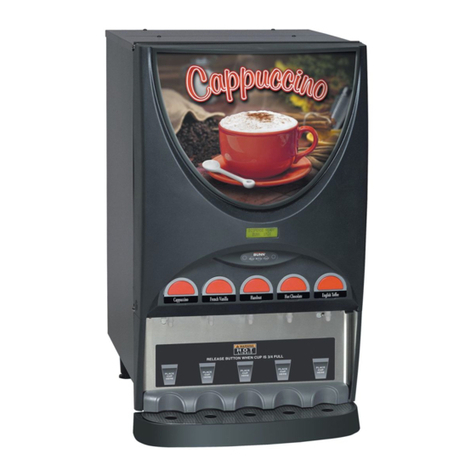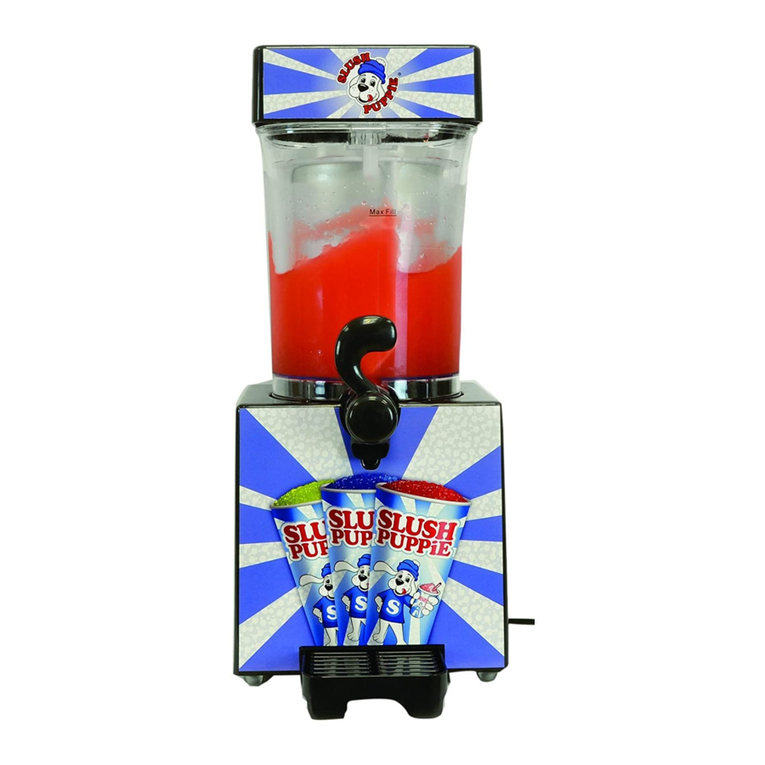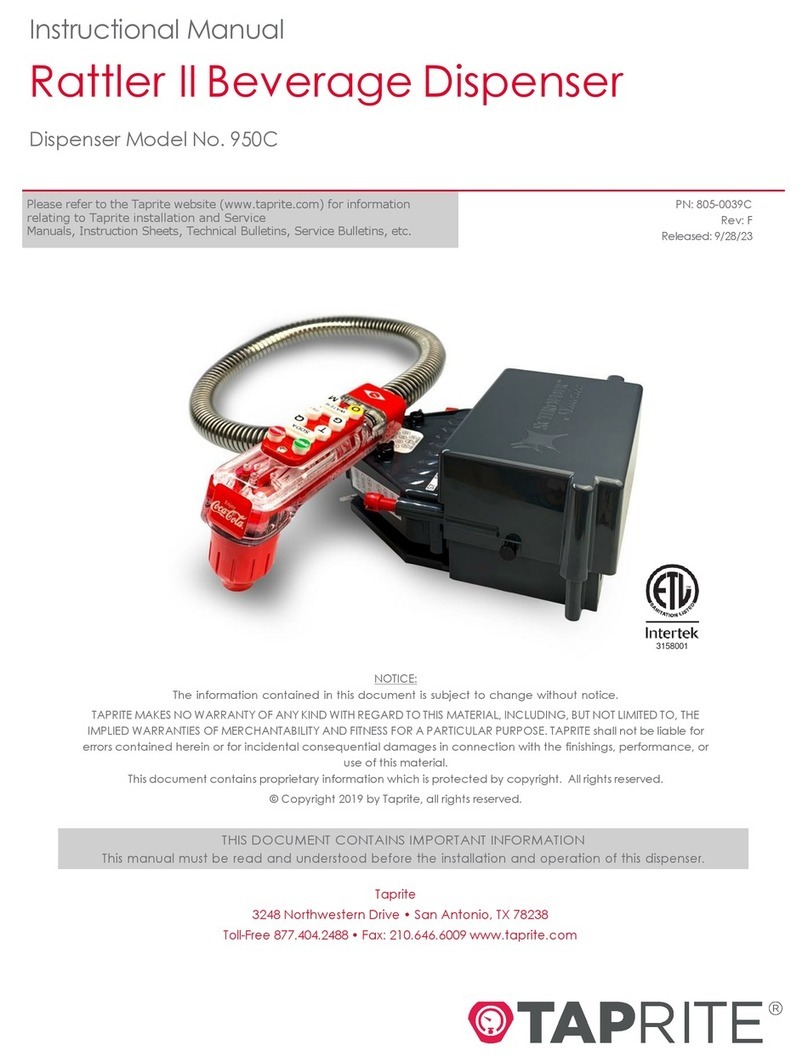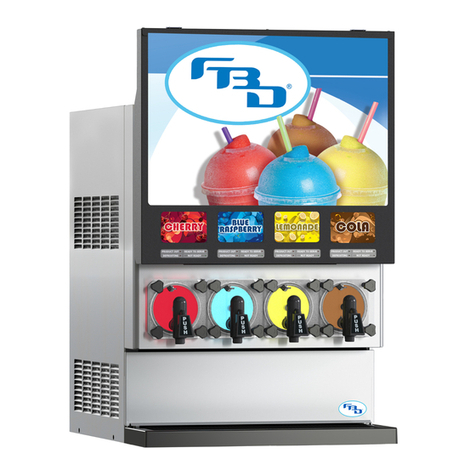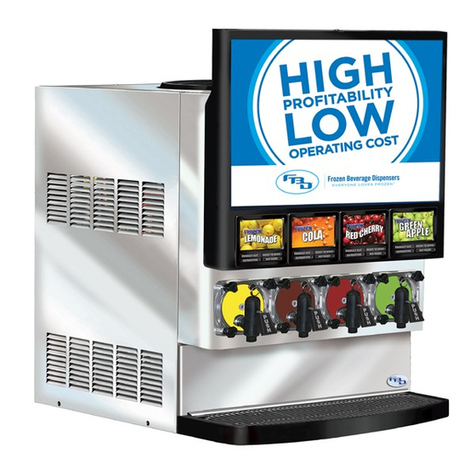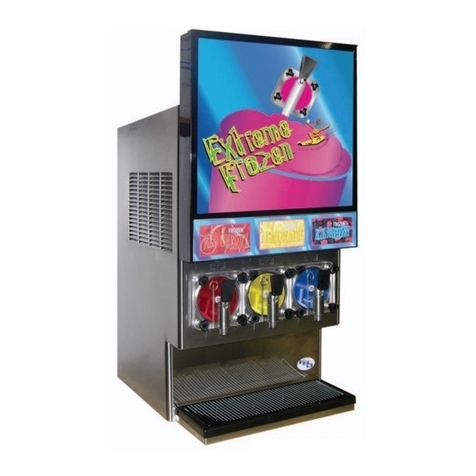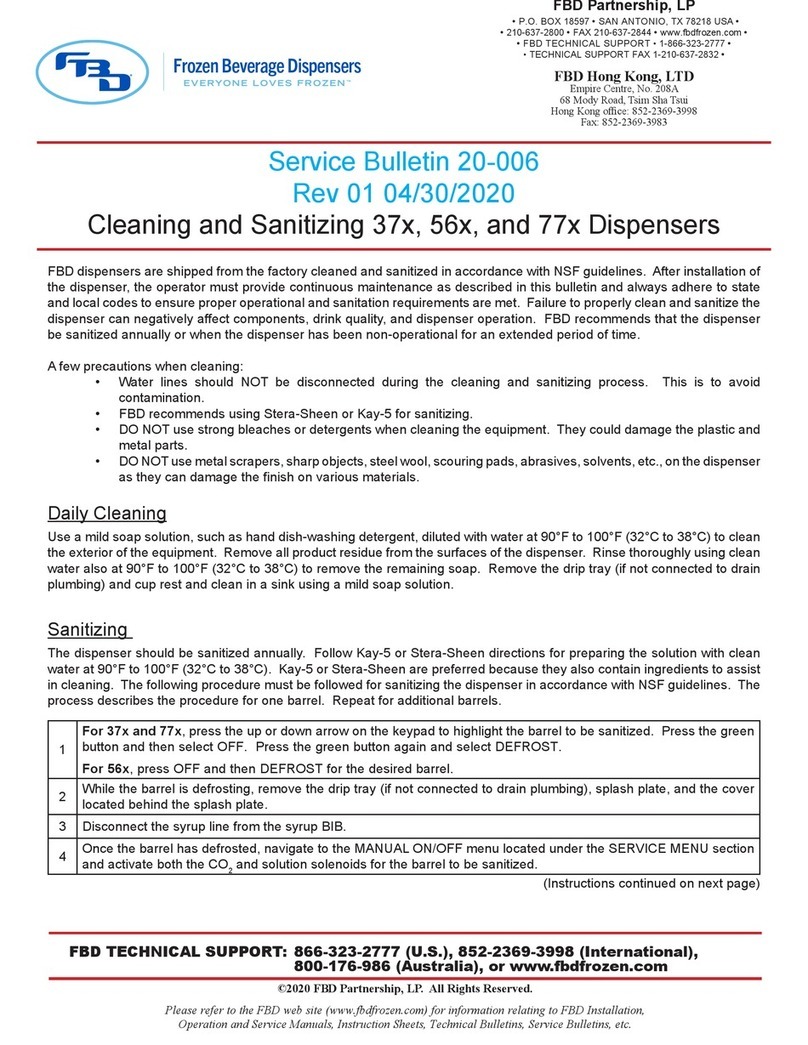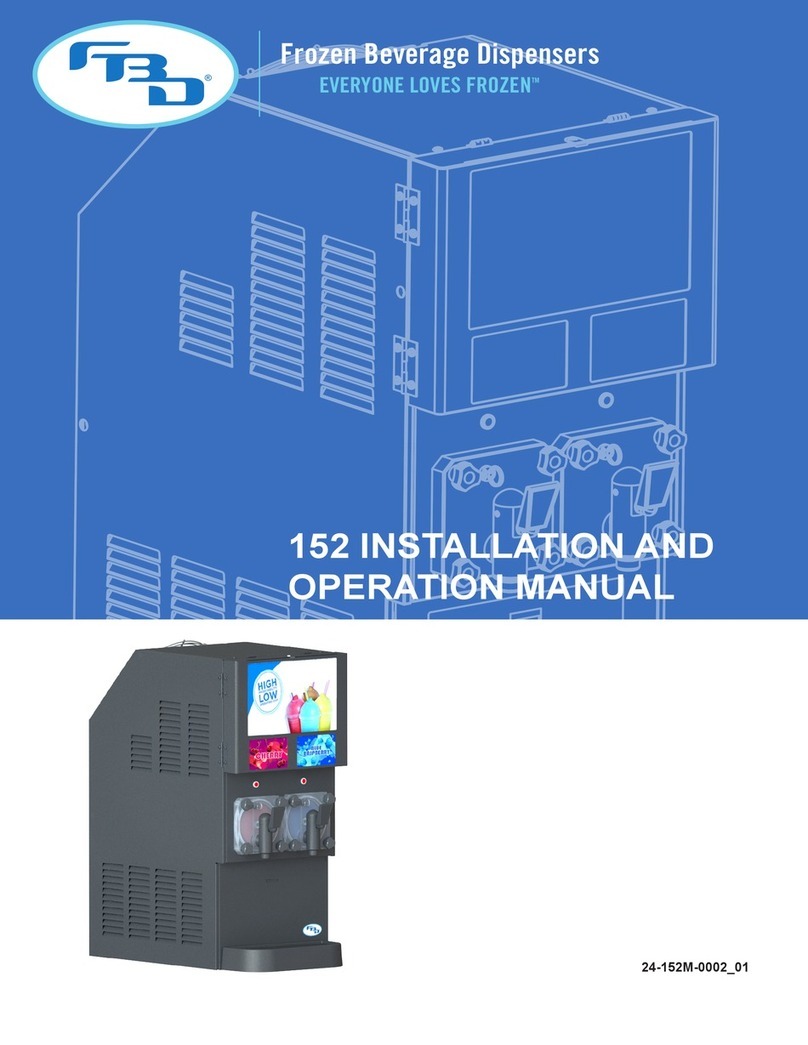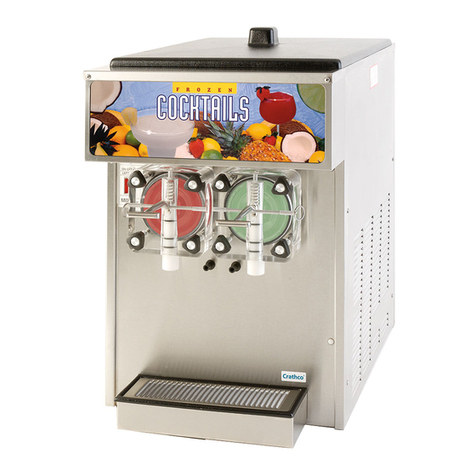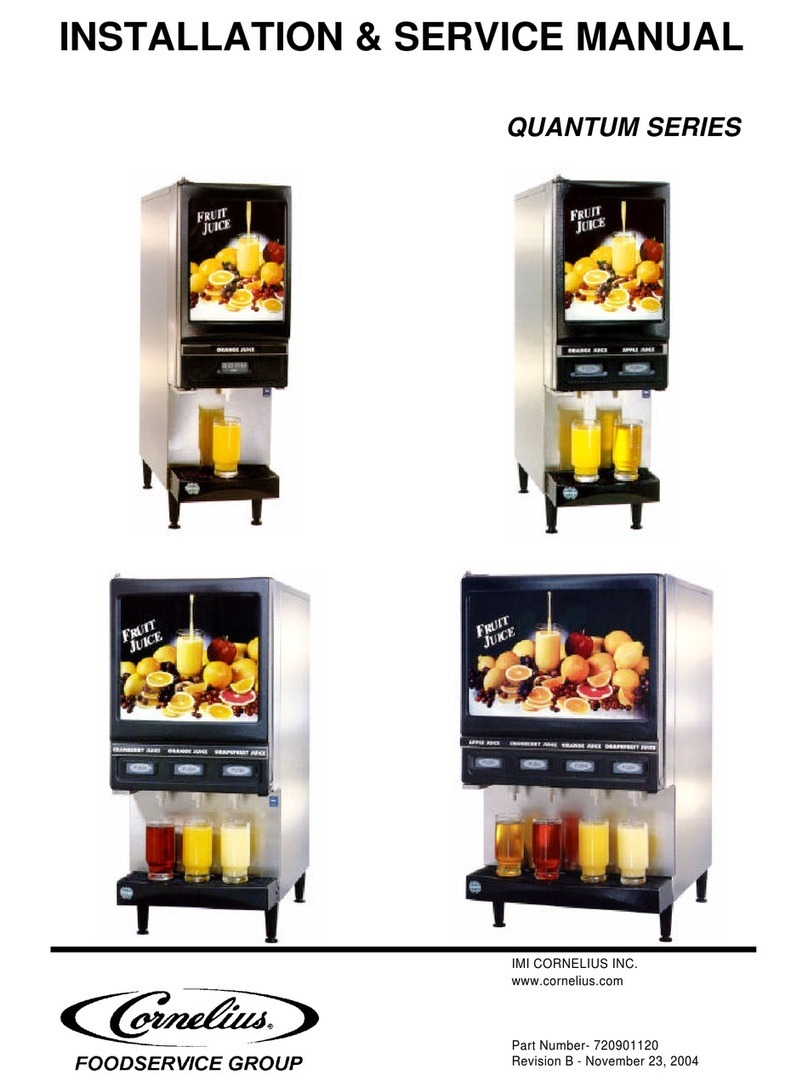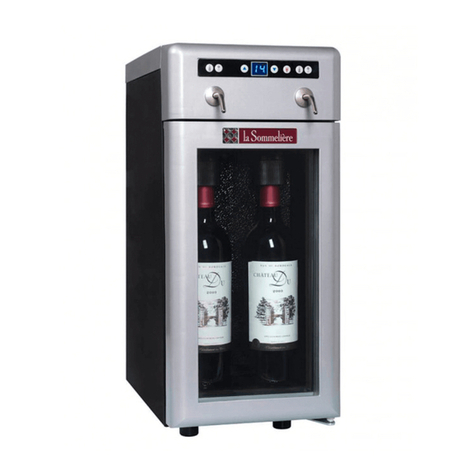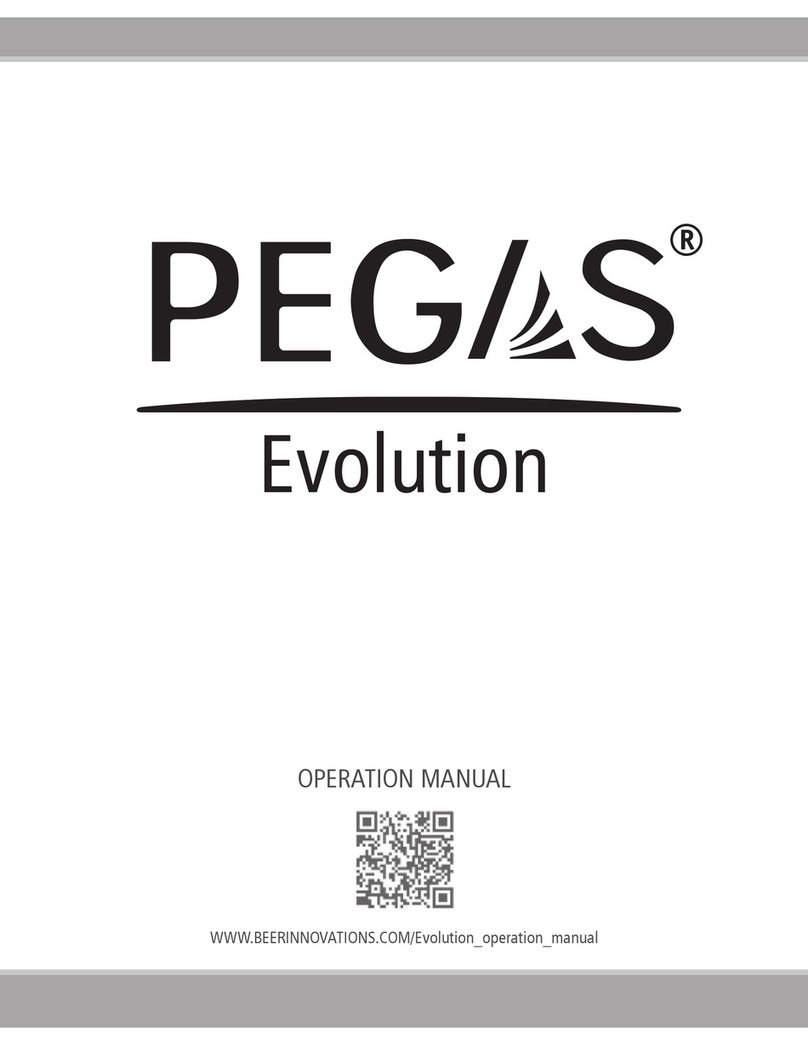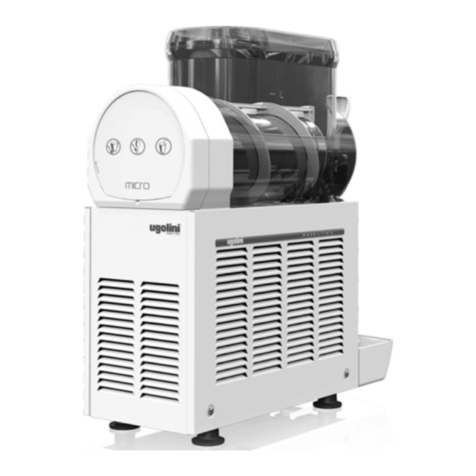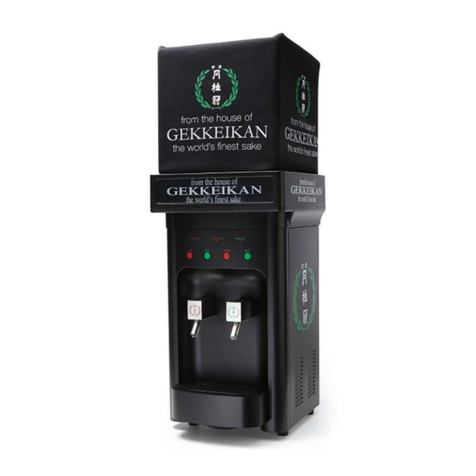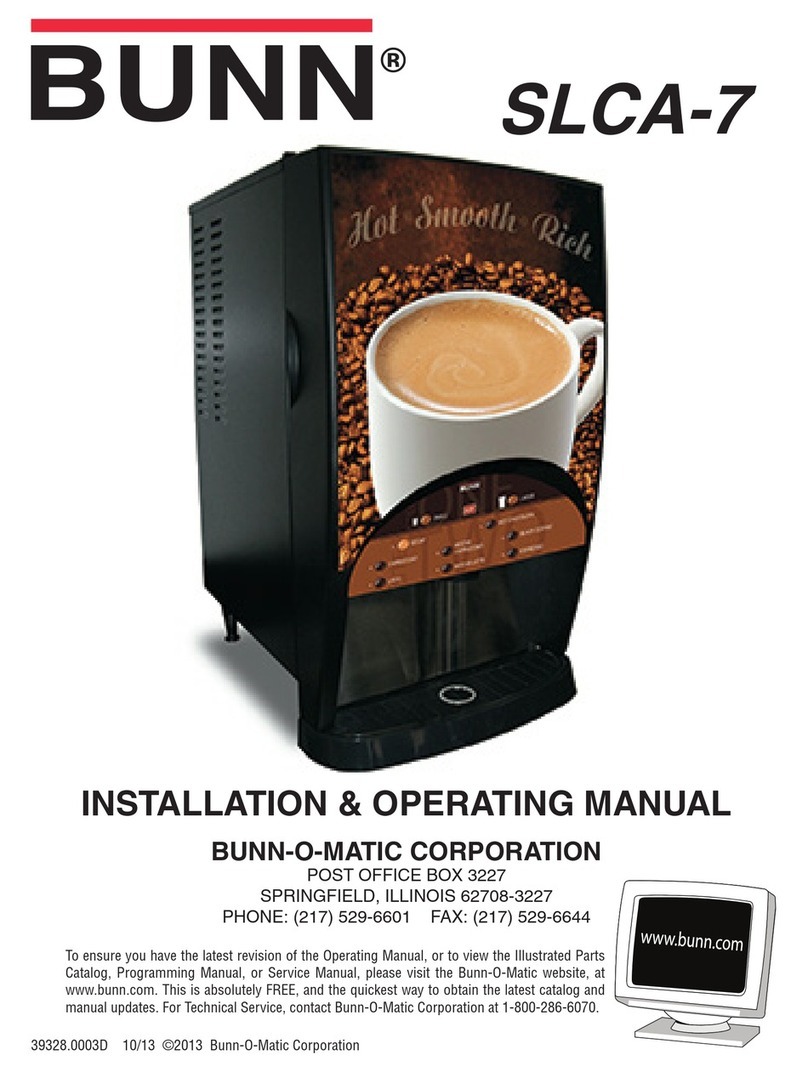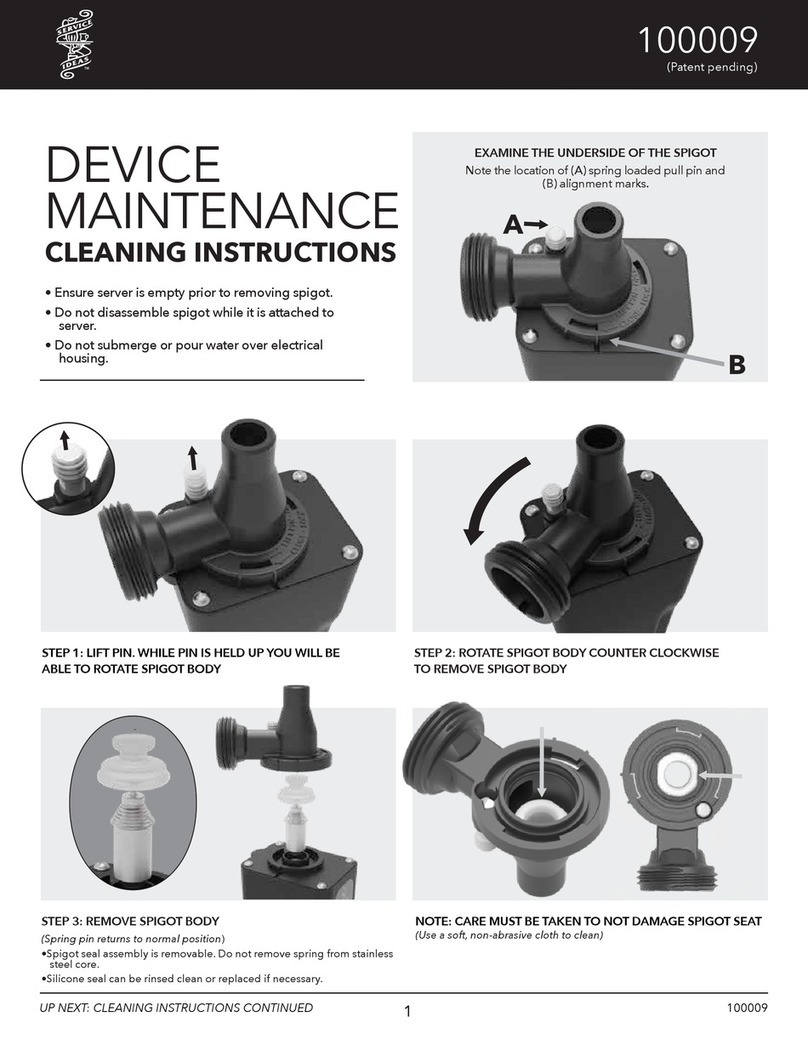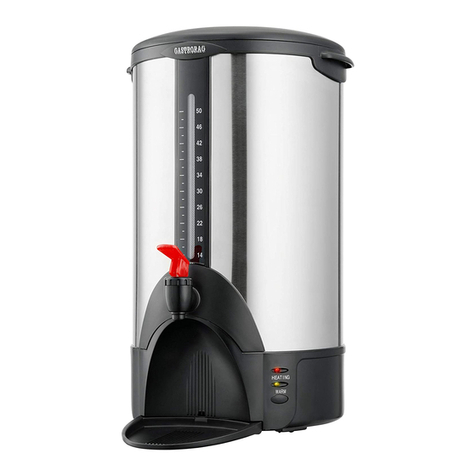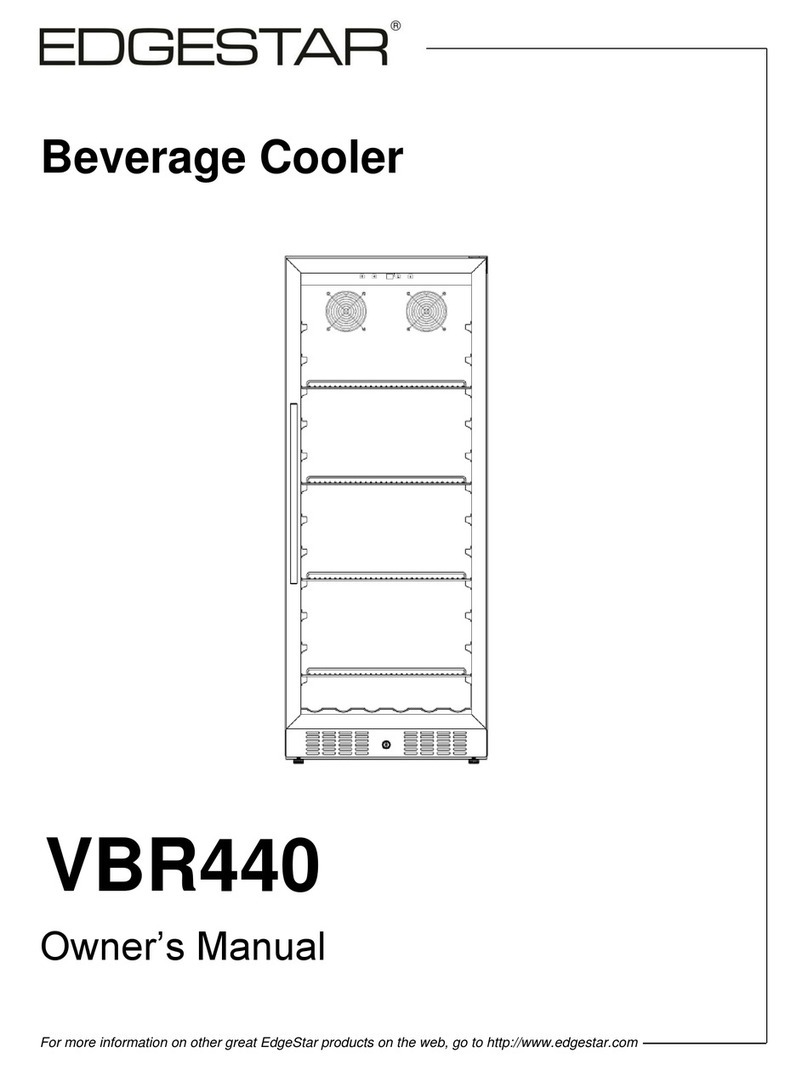
77X INSTALLATION & OPERATION MANUAL
771/772/773/774 MODELS
1
TABLE OF CONTENTS
1. SAFETY .................................................................................................................................... 3
1.1 ELECTRICAL........................................................................................................................3
1.2 COMPRESSED GASES ........................................................................................................3
1.3 GENERAL PRECAUTIONS....................................................................................................3
2. SPECIFICATIONS AND REQUIREMENTS................................................................................. 4
2.1 GENERAL REQUIREMENTS.................................................................................................4
2.2 ELECTRICAL REQUIREMENTS.............................................................................................4
2.3 DIMENSION AND WEIGHT SPECIFICATIONS.......................................................................5
3. RECEIVING AND UNPACKING DISPENSER ............................................................................. 6
3.1 RECEIVING..........................................................................................................................6
3.2 UNPACKING .......................................................................................................................6
4. INSTALLATION ........................................................................................................................ 6
4.1 GENERAL LOCATION REQUIREMENTS ...............................................................................6
4.2 DISPENSER MOUNTING .....................................................................................................6
4.3 INSTALLATION FOR EASIER SERVICE .................................................................................7
4.4 SELF-CONTAINED REFRIGERATION MODELS .....................................................................8
4.5 REMOTE-CONDENSING MODELS........................................................................................8
4.6 WATER-CONDENSING MODELS..........................................................................................8
4.7 UNIVERSAL GAS CONFIGURATIONS...................................................................................8
4.8 CONNECTING TO ELECTRICAL POWER...............................................................................9
4.9 SUPPLY CONNECTIONS....................................................................................................10
4.10 CONNECTING TO WATER SUPPLY ..................................................................................11
4.11 CONNECTING TO GAS SUPPLY .......................................................................................11
4.12 CONNECTING TO SYRUP SUPPLY...................................................................................11
5. STARTING UP THE DISPENSER ............................................................................................ 12
5.1 LEAK CHECK AND PRIME .................................................................................................12
5.2 INITIAL POWER UP ...........................................................................................................13
5.3 WATER FLOW RATE AND BRIX..........................................................................................14
5.4 FILLING BARREL AND STARTING .....................................................................................15
6. DISPENSER OPERATION ....................................................................................................... 16
6.1 FREEZE.............................................................................................................................16
6.2 OFF...................................................................................................................................16
6.3 DEFROST ..........................................................................................................................16
6.4 DRINK QUALITY ................................................................................................................16
6.4.1 DRINK TOO “FIRM” OR COLD ..................................................................................17
6.4.2 DRINK TOO “SLOPPY” OR WARM ............................................................................17
6.4.3 DRINK TOO HEAVY ..................................................................................................17
6.4.4 DRINK TOO LIGHT ...................................................................................................17
7. MENUS AND NAVIGATION .................................................................................................... 18
7.1 KEYPAD ............................................................................................................................18
7.2 HOME MENU ....................................................................................................................19
7.3 POP-UP MENU..................................................................................................................19
7.4 MENU TREE......................................................................................................................20
7.5 MAIN MENU .....................................................................................................................21
7.6 READOUTS MENU ............................................................................................................21
7.7 FAULT CODE HISTORY MENU...........................................................................................22
7.8 SERVICE MENU.................................................................................................................22
7.9 MAINTENANCE MENU......................................................................................................23
